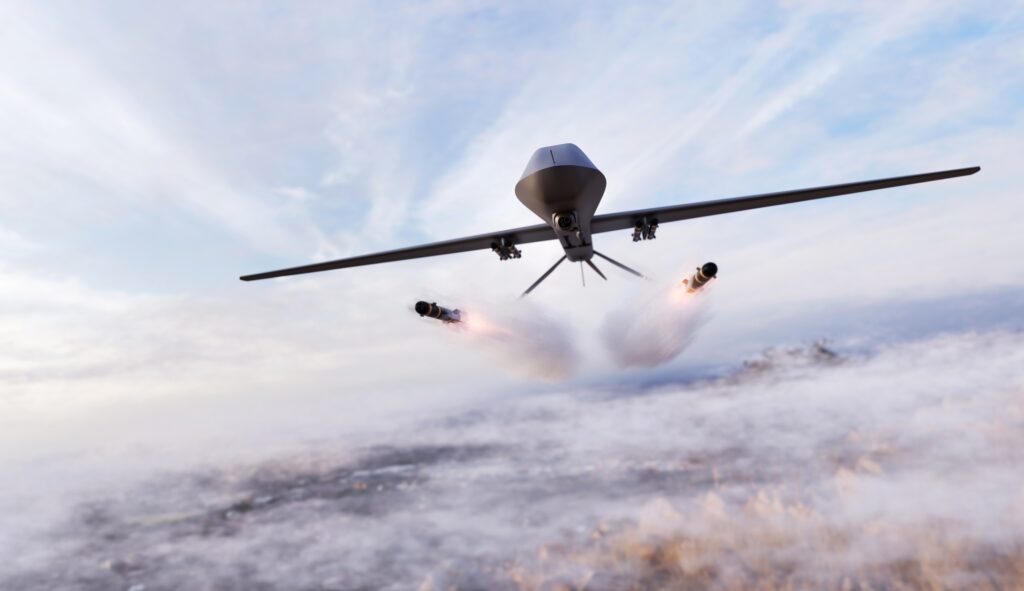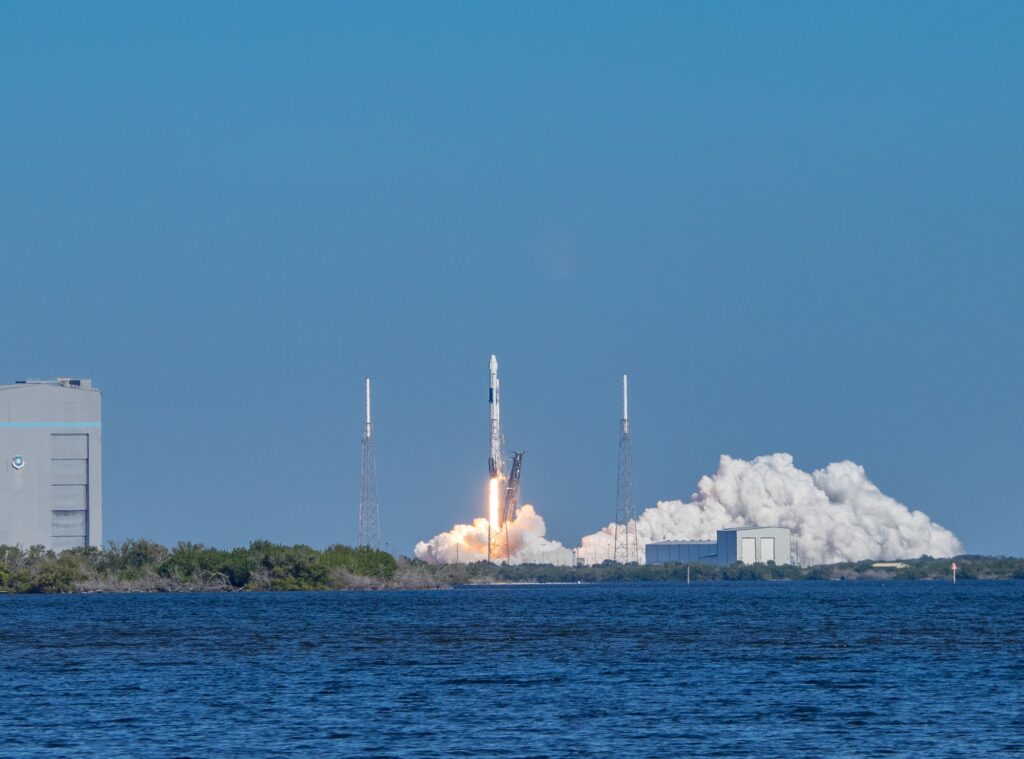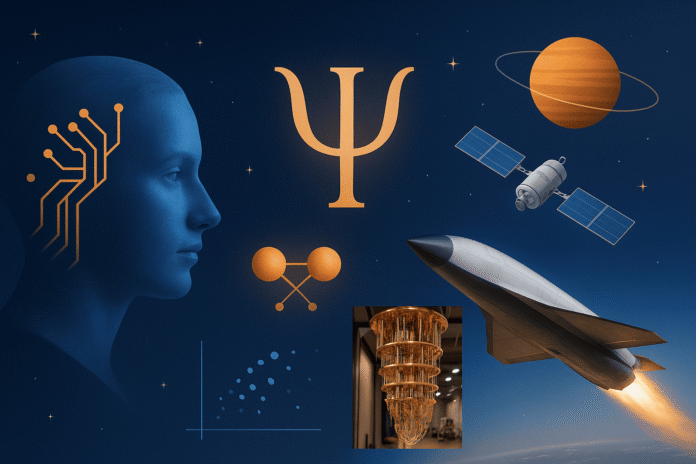Insider Brief
- The Pentagon’s $179 billion FY2026 RDT&E budget signals a strategic shift toward integrating quantum technology, AI and space systems as foundational elements of U.S. defense capability.
- AI and autonomy — spanning drones, robots, and decision-support systems — received over $2.2 billion in funding, reflecting widespread operational deployment across domains.
- Quantum-related programs, while fragmented and often classified, are gaining ground through cross-service initiatives in sensing, encryption, and navigation, with convergence visible in satellite and space-based applications.
The Pentagon is not just preparing for future wars — it’s building the scaffolding for long-term technological development with billions of dollars earmarked for quantum science, artificial intelligence (AI) and advanced space infrastructure, according to its newly released $1 trillion-plus fiscal year 2026 Research, Development, Test, and Evaluation (RDT&E) budget.
The Department of Defense’s RDT&E budget totals over $179 billion, up from $141 billion the year prior, and represents a concerted shift from isolated weapons systems to converging deep technologies that can reshape defense, deterrence, and dominance across domains. Quantum-related programs, though dispersed across multiple line items and often embedded within classified initiatives, are now a permanent fixture in the Pentagon’s innovation stack.
AI and autonomy — which include systems like drones and robots — dominate the budget headlines with over $2.2 billion allocated across dozens of programs, but quantum sensing, quantum computing applications, and post-quantum cryptography are rapidly gaining strategic footing.
Quantum’s Quiet Rise in the Defense Stack
The most visible quantum program is the “Quantum Application” line item (0603330D8Z), a program that crosses all the service branches and points toward rising activity in transitioning quantum concepts into real-world military use. Though the dollar amount for this specific line is not listed publicly, its presence in the unclassified document signals growing urgency in quantum-enabling systems such as navigation, secure communications and early warning sensors.
Additional quantum activity is dispersed within Army, Navy, Air Force, and Space Force RDT&E accounts. For example, Assured Positioning, Navigation, and Timing (0604120A) reflects interest in alternatives to GPS, including quantum-based inertial sensors. These systems would be immune to signal jamming or spoofing, which is critical in a future where satellite networks may be degraded or contested.
Post-quantum cryptography, which ensures secure communications against future quantum computers capable of breaking today’s encryption, is addressed in classified and cyber defense line items under Army and Defense-Wide cyber modernization efforts.
Though the total quantum investment is hard to isolate due to the fragmented and classified nature of many programs, the document signals that quantum is no longer a fringe research area; it is being integrated as a cross-cutting enabler across multiple systems.

AI and Autonomy Now Ubiquitous
The Department of Defense has committed over $2.2 billion to artificial intelligence and machine learning, according to a line-by-line review of the RDT&E budget. This funding touches nearly every service and application area. Tactical Autonomy (0602022F) and Undersea AI/ML (0604797N) are just two examples where AI is applied to drones, submarines, and decision-support systems.
AI funding is not siloed; it appears throughout lethality tech, battlefield management, autonomous ISR (intelligence, surveillance, reconnaissance), and electronic warfare. The integration of machine learning into these systems marks a shift from pilot programs to battlefield deployment.
For instance, the Army’s “Artificial Intelligence and Machine Learning Technologies” line (0602180A) and the Air Force’s “Autonomy and AI” programs suggest that AI is no longer experimental — it’s operational.
In parallel, the Software and Digital Technology Pilot Programs category received $1.06 billion, reflecting increased spending on advanced software development pipelines that support AI deployment at scale.

Space Force Expands Advanced Infrastructure
The U.S. Space Force, with a total RDT&E request of over $29 billion, is a major driver of advanced prototyping and operational systems. According to the document, prototyping refers to building and testing early versions of new technologies or systems — such as missiles, satellites, sensors, or drones — before committing to full-scale production. It allows the military to evaluate performance, reduce technical risk, and refine designs based on real-world testing. Prototyping often serves as a bridge between lab research and battlefield deployment.
Of the request, $4.3 billion is allocated for prototyping programs, while $12.5 billion funds active systems including missile warning and secure communications, according to the RDT&E budget.
Key efforts include the Resilient Missile Warning and Tracking architecture across low and medium Earth orbit (LEO and MEO), the Evolved Strategic SATCOM program for hardened space-based communication, and the GPS III Follow-On for next-generation navigation.
In this section, the convergence between quantum, AI, and space becomes more obvious and seemless. Quantum sensors and AI-guided data analysis will likely be embedded in the next generation of satellites and space-based early warning systems. The Space Force’s investments represent a recognition that technological edge in orbit translates directly into strategic leverage on Earth.
The budget also shows continued commitment to hypersonic platforms, with over $3 billion spread across programs such as the Hypersonic Attack Cruise Missile (HACM) and other long-range strike systems. These efforts have moved beyond prototypes and are entering integration and deployment.
While not explicitly linked to quantum or AI, hypersonic systems will increasingly rely on both. AI-driven targeting and quantum-enabled navigation may offer new performance margins for systems traveling at speeds above Mach 5.
A Blueprint For Deep Tech Convergence
The budget goes beyond acquiring next-generation weapons to invest in the fundamental layers of technological primacy across quantum, AI, space, autonomy and cybersecurity.
From basic research to advanced component prototyping, every layer of the defense technology pipeline seems to be scaling up. Basic research remains steady at $2.27 billion, while advanced technology development is budgeted at $11.99 billion. System development and demonstration programs will see $39.68 billion, according to the RDT&E budget.
The Army alone lists over 200 line items with specific R&D focus areas. Among these, next-generation combat vehicles, electronic warfare, ground robotics, synthetic training environments, and biotechnology for materials point to a broader definition of defense tech.
The FY2026 RDT&E budget marks a shift from siloed innovation toward convergence. For example, AI is no longer its own program, but is embedded across air, land, sea, cyber, and space. Quantum is not a niche, rather it is spreading across sensing, timing, encryption, and communication. Space is no longer treated as a passive environment, but is an active domain of intelligence and deterrence.







